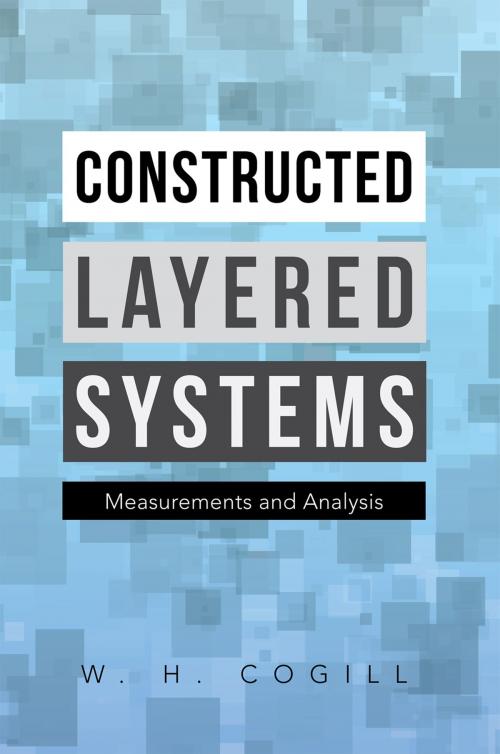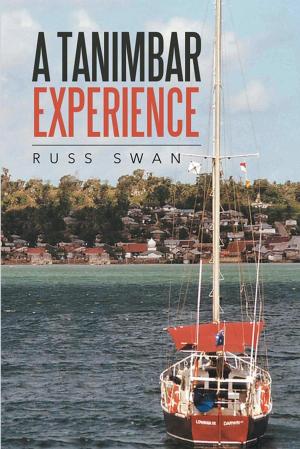| Author: | W. H. Cogill | ISBN: | 9781477112847 |
| Publisher: | Xlibris AU | Publication: | June 15, 2012 |
| Imprint: | Xlibris AU | Language: | English |
| Author: | W. H. Cogill |
| ISBN: | 9781477112847 |
| Publisher: | Xlibris AU |
| Publication: | June 15, 2012 |
| Imprint: | Xlibris AU |
| Language: | English |
The study of constructed layered systems is based on the results of the measurements of the velocity of waves on the free surface of a system. The velocity varies with the frequency. The manner of the variation can be interpreted mathematically to estimate the depths of the interfaces and the elastic properties of the component media of the system.
The waves can be generated by the generated continuous oscillation of a point, usually at the free surface of the system. Alternatively, impact loads can be applied.
Horizontally-polarized shear waves (SH waves) yield the most precise interpreted measurement of the depths of the interfaces. However waves of the Rayleigh type are easier to generate, needing only an impact load on the free surface of the system.
Theoretical results obtained from elementary structures are given. These are followed by Fortran programs with examples. The examples are intended to be used as guide to interpret the results of the measurements on the free surface of an actual structure.
An actual structure, such as an airport runway, contains weaknesses which may lead to catastrophic failure of the runway. The compaction of the granular materials composing the runway affects the observed properties of the system. Theoretical development, and practical results of measurements, are given to indicate methods of correcting the weaknesses of the runway.
The study of constructed layered systems is based on the results of the measurements of the velocity of waves on the free surface of a system. The velocity varies with the frequency. The manner of the variation can be interpreted mathematically to estimate the depths of the interfaces and the elastic properties of the component media of the system.
The waves can be generated by the generated continuous oscillation of a point, usually at the free surface of the system. Alternatively, impact loads can be applied.
Horizontally-polarized shear waves (SH waves) yield the most precise interpreted measurement of the depths of the interfaces. However waves of the Rayleigh type are easier to generate, needing only an impact load on the free surface of the system.
Theoretical results obtained from elementary structures are given. These are followed by Fortran programs with examples. The examples are intended to be used as guide to interpret the results of the measurements on the free surface of an actual structure.
An actual structure, such as an airport runway, contains weaknesses which may lead to catastrophic failure of the runway. The compaction of the granular materials composing the runway affects the observed properties of the system. Theoretical development, and practical results of measurements, are given to indicate methods of correcting the weaknesses of the runway.















